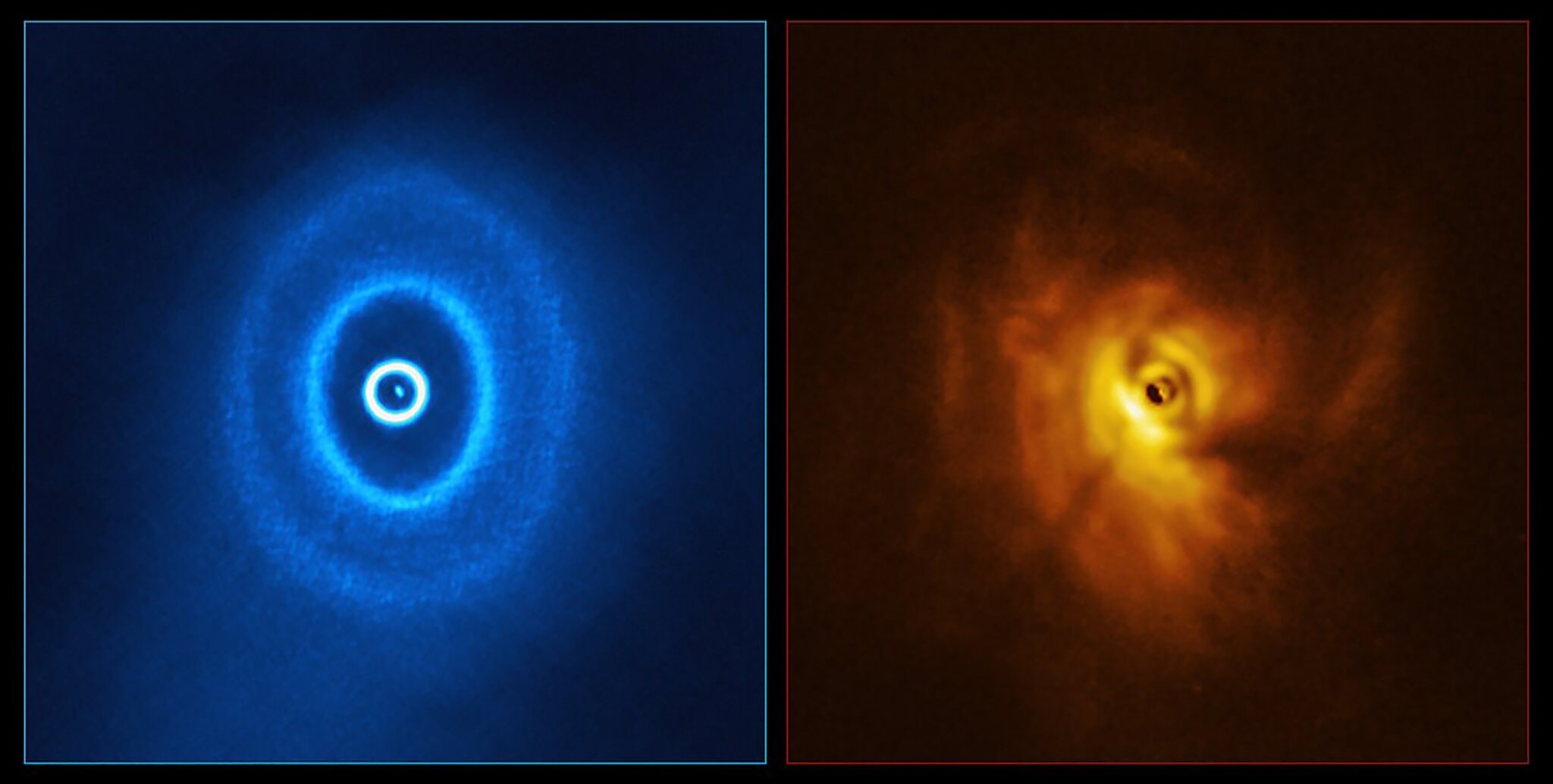A team of astronomers suspects the presence of a gas giant planet inside the GW Orionis system. If the discovery were to be confirmed, it would be the first isolated world orbiting three stars. Details of the study are published in the Monthly Notices of the Royal Astronomical Society.
GW Ori is a young star system located 1,300 light years from Earth in the constellation Orion. And like all young star systems, it is surrounded by a huge disc of dust and gas. However, surprisingly, GW Ori is not a one-star, not a two-star, but a three-star system.
The first two rotate around each other every 241 days at a distance of approximately one astronomical unit (Earth-Sun distance, approximately 150 million km). The third object of the triplet evolves around the pair every eleven and a half years in a misaligned orbit at a distance of eight astronomical units.
As if that wasn't intriguing enough, his disc is split in two. And surprisingly, the outer ring is tilted at about 38 degrees . How to explain it? To try to understand it, researchers relied on the ALMA antenna array, found in Chile, to probe the particular geometry of this system in more detail.
Direct observations combined with computer simulations have shown that this misalignment was mainly the work of the conflicting gravitational attraction of the three stars involved in different planes. However, according to the researchers, this is not the only factor at play.
By analyzing the two rings of dust observed around the three stars, astronomers have indeed found a substantial gap in one of these disks. And according to them, only the presence of a planet could explain this amazing configuration . This world would thus be a Jupiter-type gas giant. Remember that these planets are generally the first to form within stellar systems. Telluric planets like Earth, Mars or Venus follow next.
Note that if a familiar life form could inhabit this giant, it wouldn't actually be able to see those three stars. According to the authors, she would only see the two innermost ones which, moving so close to each other, would eventually appear as a single point of light.

Planets around dual systems have been previously reported , but never around three stars. If the discovery is confirmed, it would therefore be a first, despite estimates that at least a tenth of all stars cluster in triple systems or more. It would also reinforce the idea that planet formation is more common than previously thought. Further sightings are expected in the coming months.
The researchers indeed hope to obtain direct evidence of the presence of this planet.